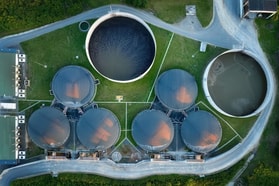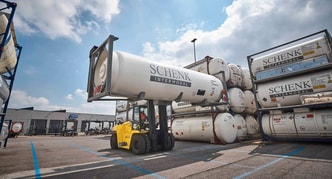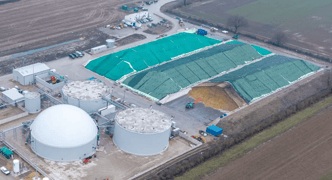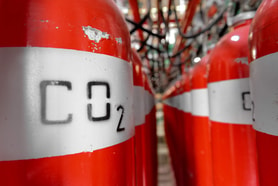Carbon dioxide – Handle with care
When producing and using CO2 in the almost endless number of applications, we should first consider the safety requirements and hazardous effects of this versatile product; whether this is a liquid, a vapour, or ice.
Liquid and vapour represent a large share of the merchant market in terms of applications for cryogenic freezing, cooling, modified gas packaging and cleaning uses. Dry ice sublimates under a normal atmospheric pressure at -78°C and when in contact with fingers, for example, this means the frostbite of human flesh and of course we have the ever constant hazardous potential with airborne CO2 in environments which are not sufficiently vented.
All of us recognise the potential or actual hazard associated with pressurised vessels, the transport of pressurised gases, the potential for asphyxiation by CO2, and the physical handling of the liquid, gas, or solid forms of CO2. Much of this is most familiar or was well known for the long-term employees in the industry, and sometimes not well considered.
However, it would be useful to review safety and hazardous facts associated with carbon dioxide, in terms of packaging, usage, delivery methodology, production and storage, from time-to-time.
... to continue reading you must be subscribed










